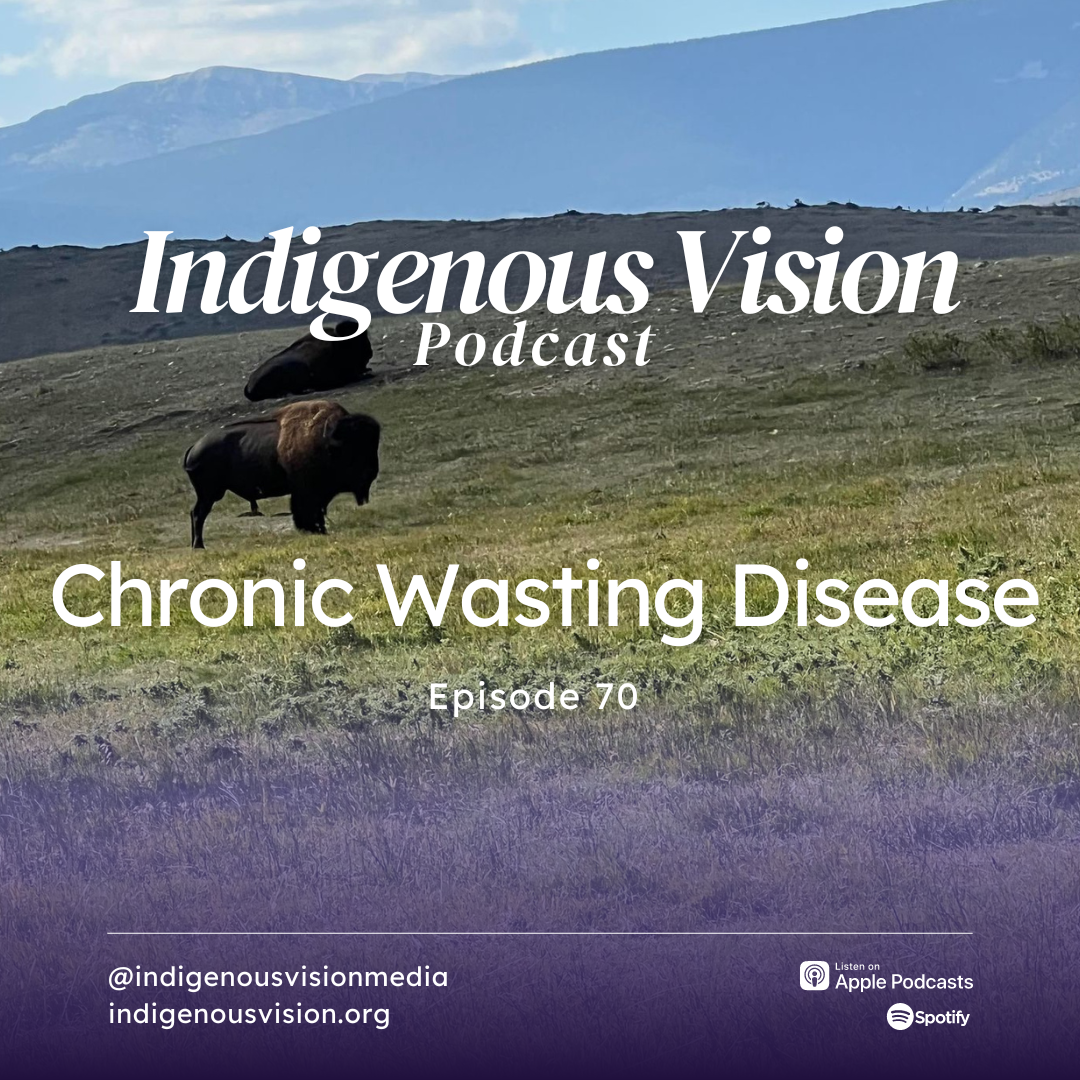In 2020, Executive Director Souta Calling Last was mapping environmental stressors, disease and contaminants while listening to a senate update by Dr. Peter Larsen of MnPro Labs on Chronic Wasting Disease (CWD). In the update it was mentioned that CWD prions can be taken up into plants and remain viable in roots, stems and leaves. As mining contamination clean up professional Souta understood that many plants used to remediate mining contamination are often cultural use and traditional medicines such as mint, willows and cattails. With CWD staying viable in soil water and plant, there could be grave consequences for cultural practitioners and people attempting to live off the land.
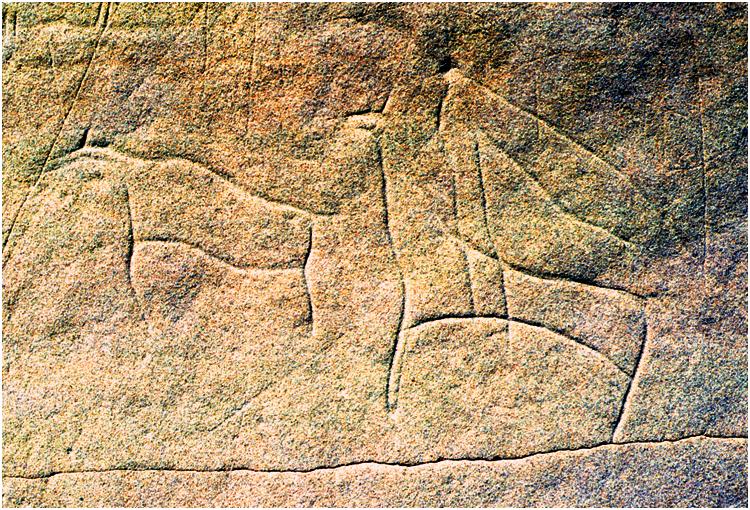
Due to the unique practices of Blackfoot people, and many Indigenous communities, if there is an impact to people, it likely will be seen and felt first within Indigenous communities. After the Senate update, Souta contacted Gerald Cobell, the Director at Blackfeet Fish and Wildlife in Browning, MT, on the Blackfeet Reservation. Gerald was supportive, and as Director of Native American Fish & Wildlife he pulled together a meeting of Montana and Wyoming Tribal Fish and Wildlife Directors where Souta presented the Environmental Stressor, Disease and Contaminant mapping project as part of the Culturally Appropriate Habitat & Watershed Assessment Model that is currently still in development.
In 2020, similar to now, there is not much funding for research on CWD or for Tribal Fish and Wildlife Departments to hire long term dedictated CWD staff to manage a monitoring program. Gerald obtained some funding soon after and Joe Hagberg joined the Blackfeet Fish and Wildlife team. He helped Souta and the Dog Team find suitable sampling sites near migration routes on the reservation. Sample sites were also chosen based on Cultural Activities and existing sample sites to complete data sets with the Blackfeet Environmental Office. If you are a hunter on the Blackfeet Reservation please test your deer, elk and moose to ensure it is negative by contacting Joe Hagberg and the Blackfeet CWD Check station at 406-845-9555.
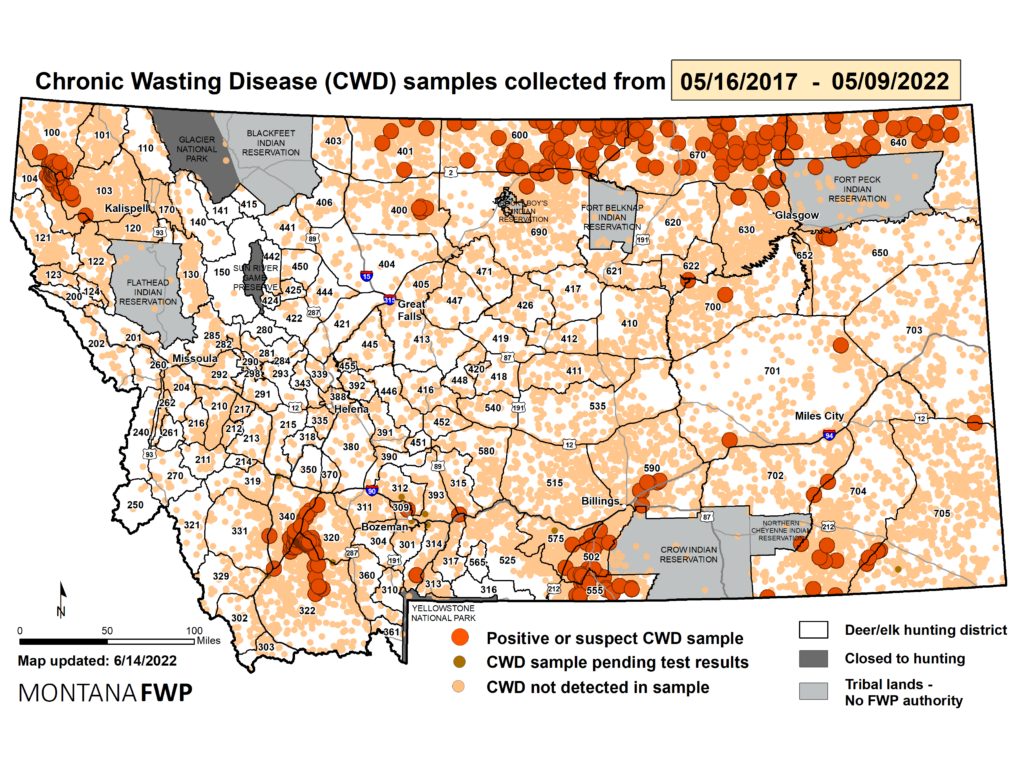
Although Chronic Wasting Disease has been around for decades, its movement westward is reaching the Montana eastern Rocky Mountain front and more positives are being found within or near Indigenous communities that have members who would still like to rely on the land for filling their freezers. There are many more cultural practitioners within the community using the land to harvest berries, sage, sweetgrass, willows, sage and many more edible, medicinal, and ceremonial use plants. It’s been documented that CWD has the ability to be taken up into roots, stems, and leaves of plants typically found in watering areas like mint, willow, sage, and cattails. These plants are also plants that are chosen when constructing artificial wetlands for heavy metal contamination removal.
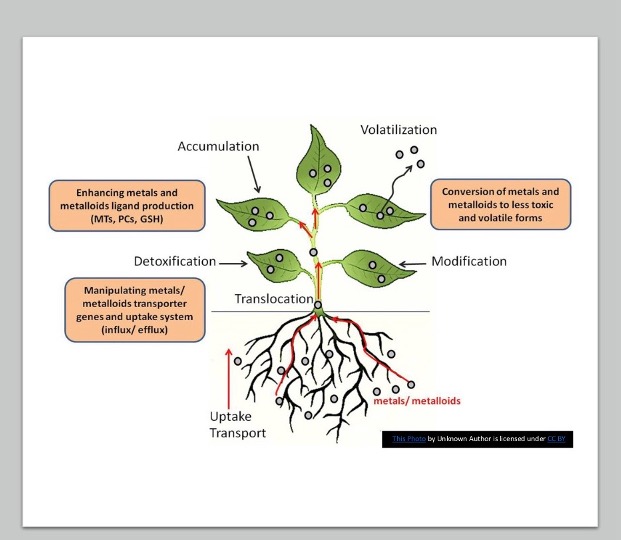
A 2009 study found for the first time that a lab test could detect minute levels of CWD in experimental samples, and in environmental water samples from a single point source collection from the Cache la Poudre River, a river that accumulates water from melting winter snow pack draining through the South Platte River Basin, identified as a CWD-endemic area since the late 1960s. CWD is also known to infect pigs, and in the case of feral pigs, exposure to the agent of CWD through scavenging of CWD-affected cervid carcasses or through consumption of prion-contaminated plants or soil could allow feral pigs to serve as a reservoir of CWD infectivity.
This hunting season you can test your animals by sending the head and the lymph nodes to ensure you’re consuming meat that is not infected with CWD. There are still many obstacles when it comes to getting as many tests results as we can, if you’re interested in helping us, or if you’ve been testing and sampling in your territory, please reach out to us! We’d love to compare data and methods.
Heads can be dropped off at the Blackfeet Nation Fish and Wildlife Office during their business hours. Or you can call Joe 406.338.7207 to report a suspicious animal.
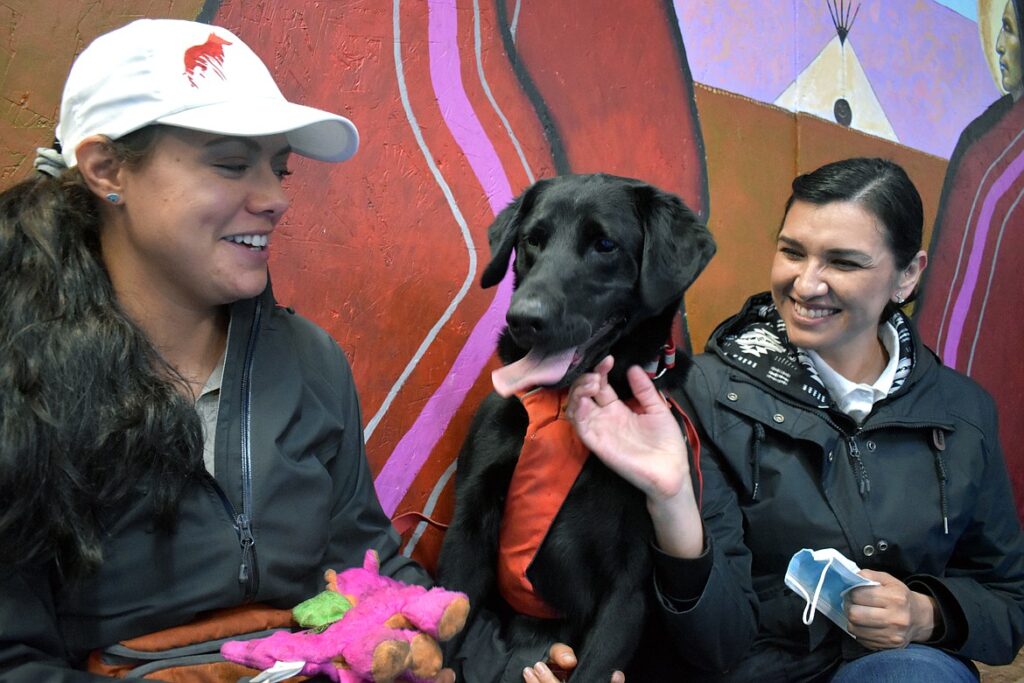
Indigenous Vision has partnered with The Blackfeet Nation, Blackfeet Nation Fish and Wildlife, Blackfeet Environmental Offices, and Working Dogs for Conservation to investigate the susceptibility and spread of CWD and how presence of different contaminants and disease can make the transmission and chance of susceptibility higher.
Read (and listen) to more on the contaminant and disease mapping project here:
- Hughs. Art. 2023.”Tribes join the fight against fatal deer disease. November 16. 2023. Native America Calling https://www.nativeamericacalling.com/?s=chronic+wasting+disease
- Hollow, Michele.2023. “Dogs sniff out environmental injustice.” Atmos, July 7. 2023, Atmos Earth. https://atmos.earth/dogs-sniff-out-environmental-injustice/
- Teirstein, Zoya. 2022. “Dogs Are Sniffing out a Legacy of Pollution on the Blackfeet Nation | Grist.” Grist, December 14, 2022. https://grist.org/science/dog-blackfeet-tribe-pollution-chronic-wasting-disease-souta-calling-last-montana/.
- Bolton, Aaron. 2022a. “Dogs Are Sniffing out Disease in Animals Vital to Traditions of the Blackfeet Tribe.” NPR, June 29, 2022, sec. Public Health. https://www.npr.org/sections/health-shots/2022/06/29/1108245665/dogs-chronic-wasting-disease.
Tune into to episode 70 of the IVPodcast to learn about what IV is doing right now on the land with regards to CWD.
Or email: info@indigenousvision.org
